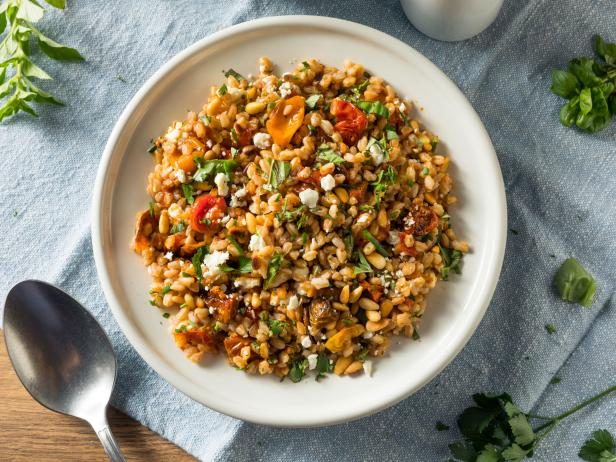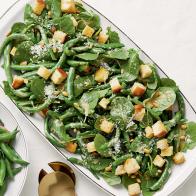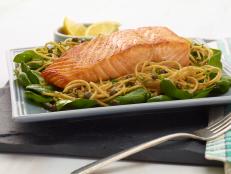What Are Whole Grains?
Every registered dietitian we know recommends whole grains as part of a healthy diet. But what are whole grains in the first place?

bhofack2/Getty Images
The term "whole grains" gets tossed around a lot. Many registered dietitians recommend getting more whole grains in your diet and you may have heard your doctor talk about eating whole grains in terms of bread and pasta. But what exactly are whole grains and why the heck should you be eating them? Here's why whole grains are an essential part of a healthy diet.
What Are Whole Grains?
Whole grains include a variety of grains like wheat, corn, rice, oats, barley, quinoa, sorghum, spelt, rye — when these foods are eaten in their “whole” form. Here’s what that means: When you look at a grain, the whole grain is exactly what it sounds like — the entire grain. This includes this includes three parts: the bran, germ, and endosperm (starchy part). To find whole grains on food labels, look for 100% whole wheat. For example, if you are looking for whole wheat bread you want to choose a 100% whole wheat bread as that bread includes 100% of all parts of the grains.
On the other hand, the term "refined" includes only part of the grain — the starchy part — and not whole grain. People often use the term "refined" when talking about white bread. The grains used in these products are missing many of the nutrients found in the whole grains. Flours and breads that do not use the whole grain tend to be enriched, meaning the nutrients lost are added back in.
How Many Whole Grains Do You Need?
According to the 2020-2025 Dietary Guidelines for Americans, half of your daily grains should be from whole sources. The recommendation is to get 6 ounce equivalents per day of grains. One slice of bread is equivalent to 1 ounce and so is 1 cup of ready-to-eat cereal and 1/2 cup of cooked rice, cooked pasta, or cooked cereal. According to the Dietary Guidelines, about 95% of people in the U.S. do not meet the recommendation to make half of your grains whole (that’s 3 ounce equivalents per day).
Why Are Whole Grains Important?
Whole grains provide antioxidants, vitamins, and minerals. Some nutrients such as B-vitamins, vitamin E, magnesium iron and fiber are found in much higher amounts in whole grains compared to fruits and veggies.
One of the nutrients under-consumed by most Americans, fiber, is found in whole grains. There are many benefits of fiber. It helps keep your gastrointestinal tract healthy. Some whole grains (like oats) can also help lower cholesterol and lower the risk of cardiovascular disease, while others (like bran) can help decrease the risk of colon cancer. Fiber can also help keep you feeling full after a meal, and indirectly help with weight loss or maintenance by helping with satiety (that feeling of fullness).
How to Eat More Whole Grains
There are many ways to get more whole grains in your healthy, balanced diet. Here are a few easy swaps you can do in your daily diet.
- Choose 100% whole grain bread instead of white bread.
- Opt for whole grain pasta verses enriched pasta.
- Instead of choosing white rice on most occasions, alternate with brown rice, farro, quinoa, and other whole grains.
- Add air-popped popcorn to your list of whole grain snacks.
- Enjoy a warm bowl of oatmeal or in overnight oats. Add rolled oats to cookie, pancake batters or other baked goods.
*This article was written and/or reviewed by an independent registered dietitian nutritionist.
Toby Amidor, MS, RD, CDN, is a registered dietitian and consultant who specializes in food safety and culinary nutrition. She is the author of The Greek Yogurt Kitchen: More Than 130 Delicious, Healthy Recipes for Every Meal of the Day.
Related Links:

































